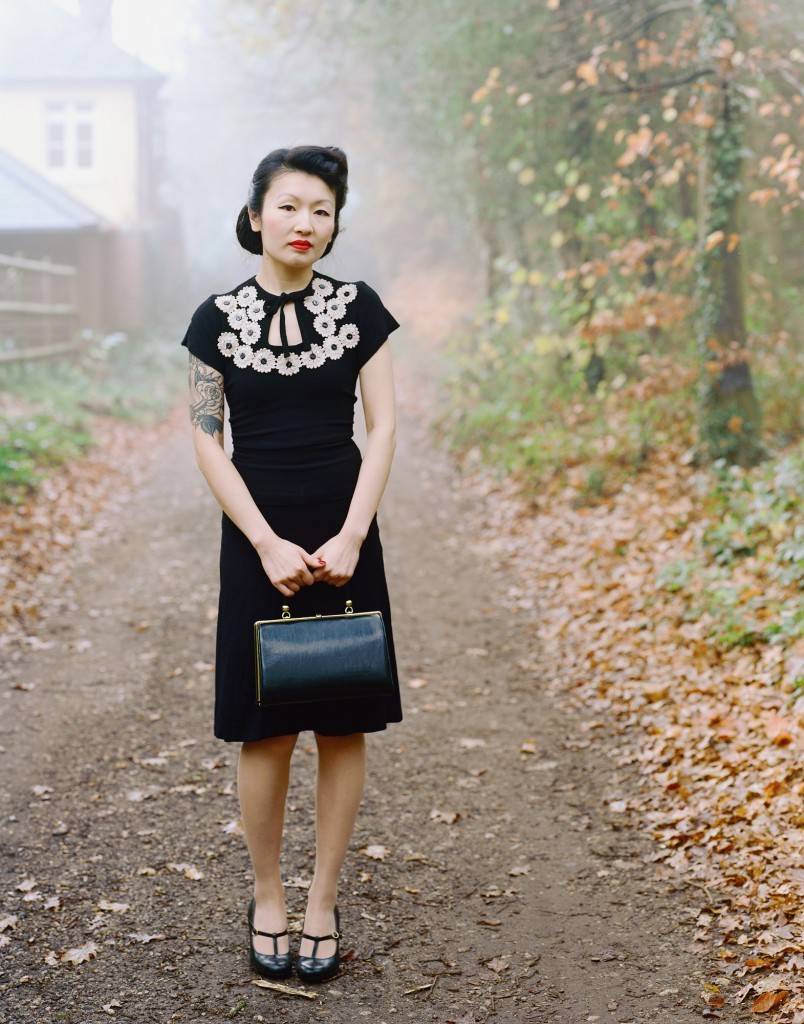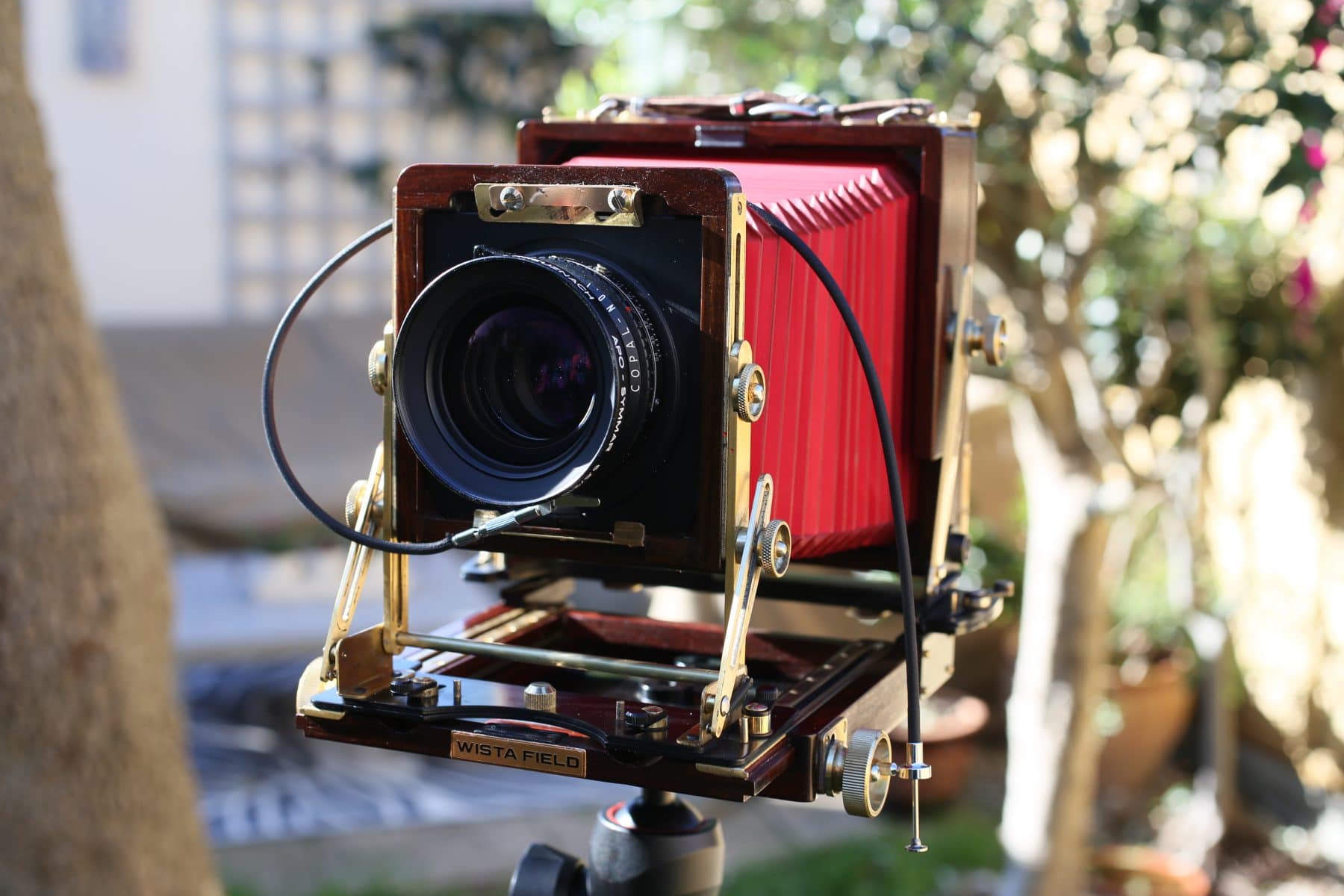
Portrait photography is probably the most practised photographic discipline. One of the most common portrait photograhy tips given to beginners in portrait photography is to shoot with a long lens and shoot it wide open, or at least close to wide open. You only have to look at the growth in choice of fast prime lenses to realise that this advice has well and truly taken hold in the digital era.

Headshots – the agony of the near miss!
Like almost every photographer, I went through a phase of shooting wide open or very close to it. Although I used to get very nice shots, I also got a lot of near misses. Close up at f2.8 with a portrait lens, depth of field is razor thin. If the eyeball is in focus, the tips of the eyelashes would be blurred. There are few things more frustrating in photography than thinking you have the perfect shot just to find it is just a touch off when you review it on the monitor at home.
We don’t think of portraits as action shots, but no sitter is ever really still, and if you are hand-holding the camera neither are you. People sway slightly when they are standing and it is there relatively tiny movements that can wreck a shot if you shoot close-up and wide open.
If you are shooting a head shot, even a quite a conservative aperture has little depth of field. If you shoot a 85mm at 1.5 metres (a generous head and shoulders framing) at F5.6 the depth of field is is 10cm. Enough for the nose, the eyes and the ears to be in focus, but no more than that. The background will still be blurred, but you have a bit of leeway if the subject moves a little. You can also afford to be a bit more spontaneous, as you don’t have to refocus with every tiny movement.
It is a lot easier to get the shot, but the overall effect is not hugely different.
Close down as you close up.
Distance to subject and aperture are the two major factors that control depth of field. If you were on a shoot and were shooting half body shots at F2.8 (85mm lens) and then closed in to shoot heads without adjusting your aperture, your depth of field would drop from 20cm to 2cm!! Generally speaking it always makes sense to close down your aperture as you get closer unless you are going for a specific look. Think of distance and f-stop in the same way as you think of shutter speed and aperture for exposure, change one and you should at least consider changing the other.
